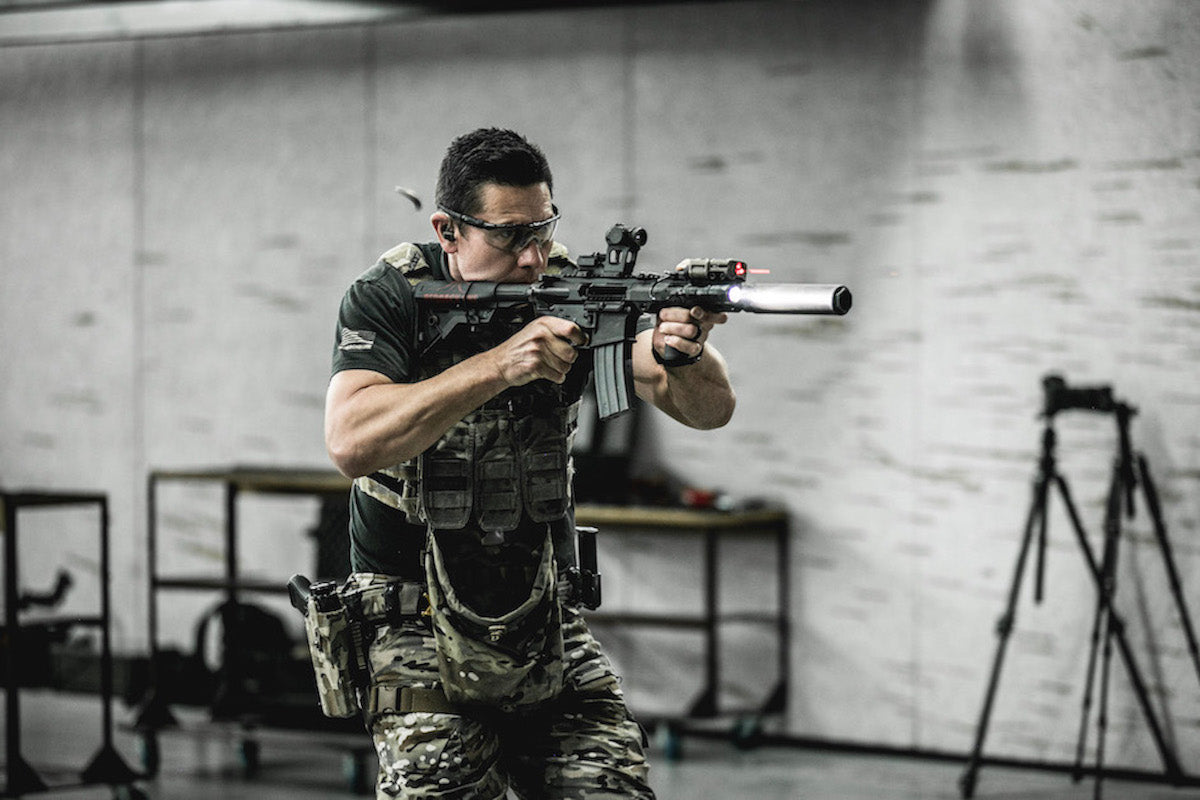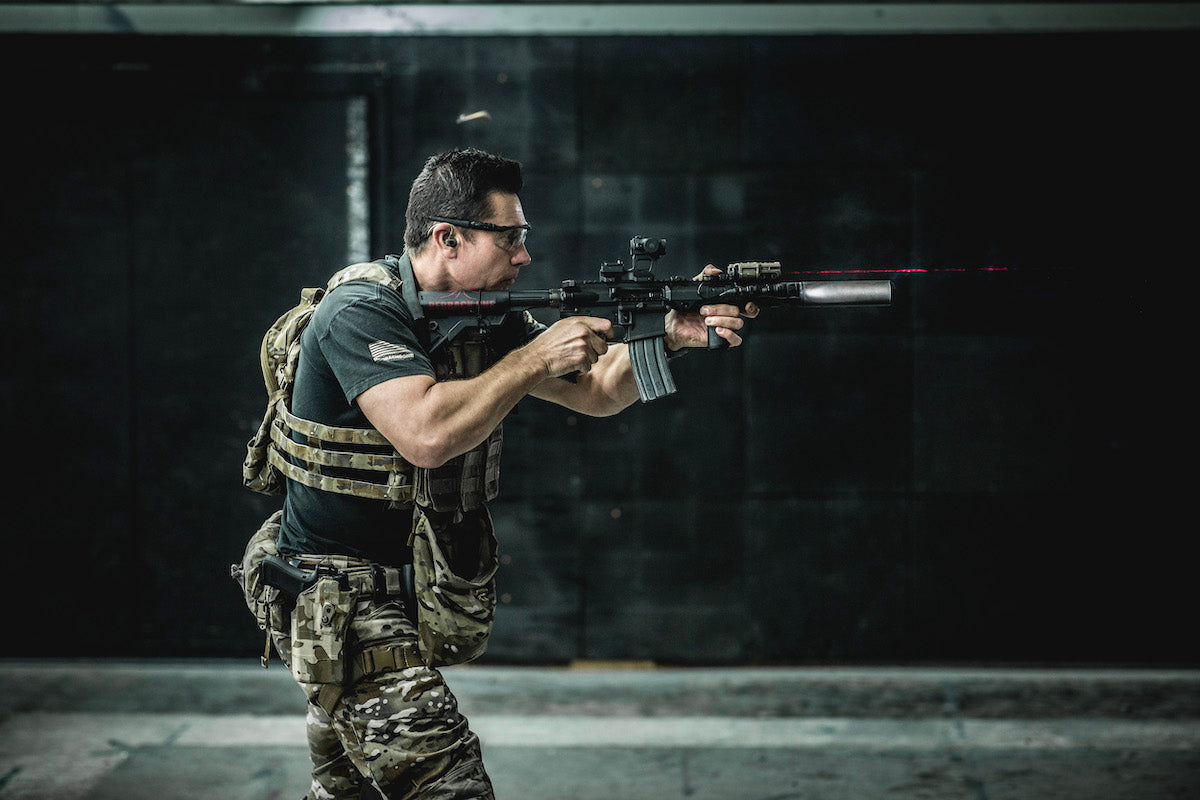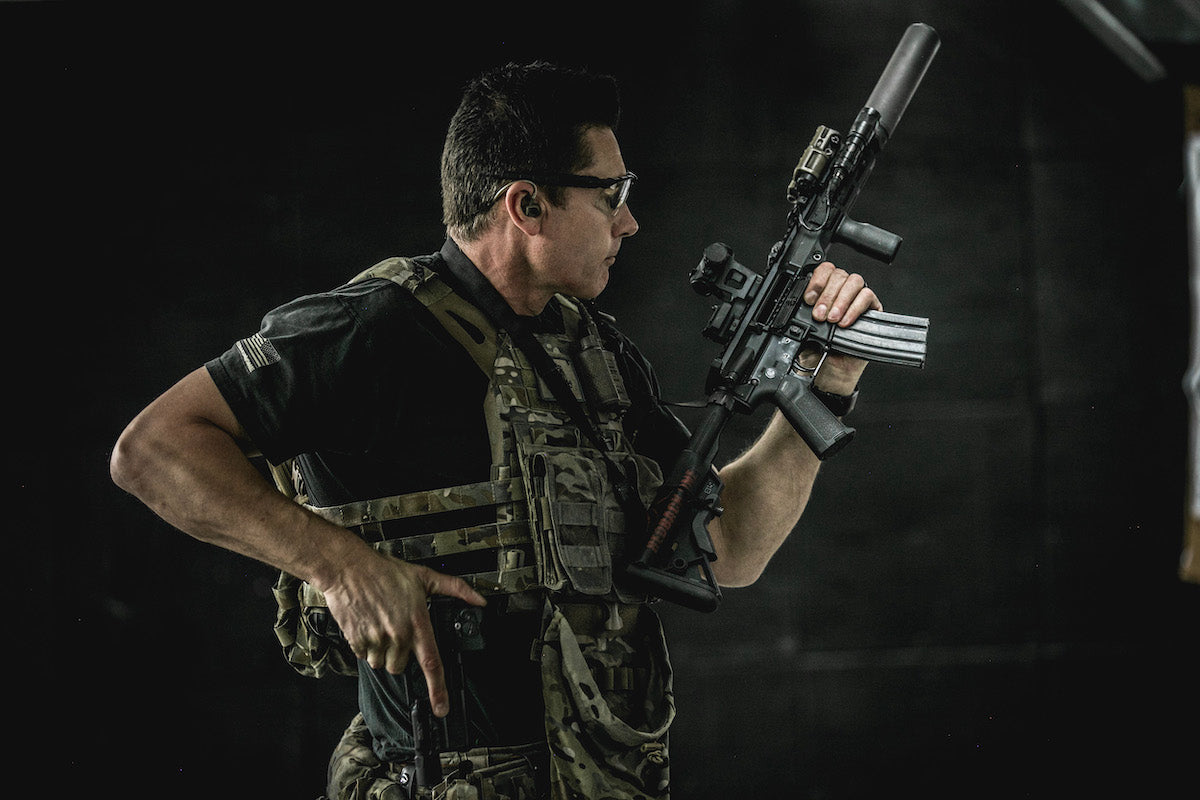Why Static Shooting Is Holding You Back (and What to Do Instead)
At Redback One, we train for the real world. It’s unpredictable, fast, and stressful. That’s why static shooting alone isn’t enough.
If you only train while standing still, you’re missing critical skills. Here’s why static drills limit your progress, and what you should be doing instead.
What’s Wrong with Static Shooting
Static shooting means you’re standing in place, firing at a target that doesn’t move. It’s good for learning the basics; grip, stance, sight alignment, trigger control, and handling procedures. But it stops there.
Real threats don’t stand still. They move. You move. The environment shifts. If you’re only practicing under static conditions, you’re not preparing for what actually happens in the real world.
Static Shooting Doesn’t Translate to Real Life
Ask yourself: in a real fight, are you going to be standing still with a clear shot? Probably not.
Focusing only on static drills gives you a false sense of confidence. You get comfortable with rehearsed movements. But when things go sideways—when visibility drops, threats move, or stress hits hard; those reps might not help.
You need to train like you fight. That means movement. That means decision-making. That means pressure.
Train with Movement
We teach our shooters to move. That includes:
-
Moving off the X
-
Shooting on the move
-
Advancing under fire and moving laterally
Why? Because movement changes everything.
You learn to control your body, adjust your stance, and find cover—all while maintaining awareness and accuracy. You also build the habit of reacting quickly instead of freezing, waiting for your brain to come up with a solution. But remember, solutions to practical problems require data points of information preloaded through experience. If you aren’t training to move, you won’t have any data points and you’ll freeze.
Movement isn’t just about avoiding bullets. It’s about creating a tactical advantage through maneuver.
Stress Is the Missing Piece
Static drills don’t create real-world stress; realistic training and real-world engagements do.
When stress and fear response kick in, fine motor skills may drop, your heart rate spikes, and cortisol, adrenaline, and norepinephrine dump into your body. Decision-making gets harder. If your training doesn’t push you, you’re not ready.
That’s why we use force-on-force scenarios during our close-quarters battle courses. Role players make you have to process and think fast, react under pressure, and deal with the unknown. You’ll feel the difference, and the improvement.
Add Real Complexity
If you’re ready to train smarter, add these elements to your sessions:
-
Shoot from different positions: Practice kneeling, prone, and uncommon shooting positions, or practice shooting from cover. These make you think and adapt.
-
Engage moving targets: They force you to track and shoot under pressure.
-
Decision-making: Use threat ID drills that make you think before you shoot. That’s what you’ll need in the real world.
Bottom Line
Static shooting has its place. But if you stop there, you’re not ready for reality.
Add movement. Add stressors. Add decisions.
That’s how you become a better shooter, and a more capable fighter.
Want help getting there? Redback One offers training built for real-world scenarios. We’ll show you how to push past the range and prepare for what actually matters.
Disclaimer: The information provided in this post is intended for educational purposes only. Firearms training and tactical skills should only be performed under the supervision of qualified instructors. Redback One is not responsible for any injury, damage, or loss that may result from the use of the techniques discussed in this post. Always adhere to safe firearm handling practices and ensure you are properly trained before engaging in any live-fire exercises.
By participating in any of our programs, you acknowledge and accept the inherent risks involved in firearms training. Redback One strongly encourages all participants to seek proper training and to act responsibly when handling firearms.
Also in Journal

Tactical Truths: The Hard Lessons Most Shooters Ignore
At Redback One, we don’t train for the predictable; we prepare you for real-world scenarios. Whether you're military, law enforcement, or an armed civilian, your skills must go beyond theory. We emphasize realistic training, smart shooting, force-on-force exercises, and proper use of cover. Gear alone won’t save you. Situational awareness and decision-making are key. Our training pushes you to perform under pressure, ensuring you're truly prepared for any situation.

OPERATOR READINESS TEST - ORT
The Operator Readiness Test (ORT) is a comprehensive assessment designed to evaluate combat shooting skills. It tests engagement speed, accuracy, and weapon handling in close quarters combat. Participants must complete the test under a 20-second time limit, firing from 7 yards. The ORT incorporates realistic drills, including the use of pistol and carbine in various scenarios. The test is not a training drill but a benchmark for evaluating proficiency in combat shooting skills.

Weapons Handling & the Application of the AR15 Safety Lever
The application of the safety lever in combat varies across units and environments. In special operations, the safety is typically kept on "safe" until a threat is identified, with exceptions depending on proximity and mission. During close combat or urban operations, weapons may remain on "safe" for flexibility, but some units modify procedures for quicker response, carrying weapons de-cocked and on fire. These protocols prioritize mission success over rigid safety rules.


